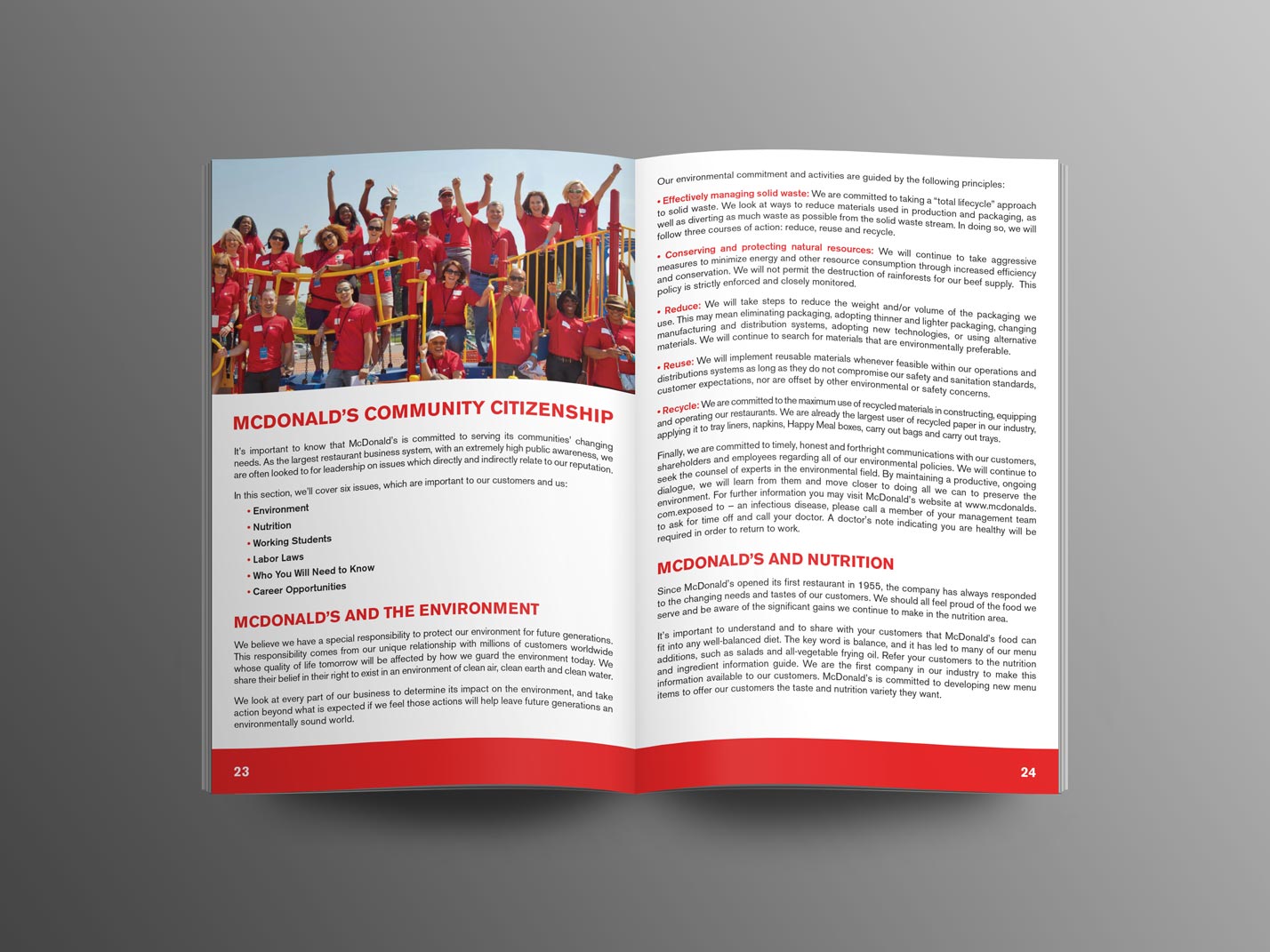As one of the largest fast-food chains in the world, McDonald's has a reputation for serving up more than just burgers and fries. The company's governance model is a key ingredient in its recipe for success, providing a framework for decision-making, risk management, and accountability. In this article, we'll delve into the governance resources that have helped McDonald's become a leader in the industry.
Introduction to McDonald's Governance
McDonald's governance structure is designed to ensure that the company is managed in a responsible and ethical manner. The company's Board of Directors, led by the Chairman and CEO, provides strategic direction and oversight of the business. The Board is composed of independent directors, each with their own unique expertise and experience, who bring a diverse range of perspectives to the table.
Key Governance Resources
So, what are the key governance resources that have contributed to McDonald's success? Here are a few examples:
Corporate Governance Guidelines: McDonald's has established a set of corporate governance guidelines that outline the company's governance principles and practices. These guidelines provide a framework for the Board and management to follow, ensuring that the company is managed in a responsible and transparent manner.
Code of Conduct: The company's Code of Conduct sets out the standards of behavior expected of all employees, officers, and directors. This code provides guidance on issues such as conflicts of interest, confidentiality, and compliance with laws and regulations.
Audit Committee: The Audit Committee is responsible for overseeing the company's financial reporting and internal controls. The committee is composed of independent directors with expertise in finance and accounting, ensuring that the company's financial statements are accurate and reliable.
Risk Management: McDonald's has a robust risk management framework in place, which identifies and mitigates potential risks to the business. This framework includes regular risk assessments, as well as policies and procedures for managing risks such as food safety, supply chain disruptions, and cybersecurity threats.
Benefits of McDonald's Governance Model
So, what are the benefits of McDonald's governance model? Here are a few examples:
Improved Decision-Making: The company's governance structure ensures that decisions are made in a thoughtful and deliberate manner, taking into account the interests of all stakeholders.
Enhanced Accountability: The Board and management are held accountable for their actions, ensuring that the company is managed in a responsible and ethical manner.
Increased Transparency: McDonald's governance model provides for regular disclosure of financial and operational information, giving stakeholders a clear understanding of the company's performance and prospects.
In conclusion, McDonald's governance resources are a key ingredient in the company's recipe for success. The company's governance model provides a framework for decision-making, risk management, and accountability, ensuring that the business is managed in a responsible and ethical manner. By following the principles of good governance, McDonald's has been able to build trust with its stakeholders, drive long-term growth and profitability, and maintain its position as a leader in the fast-food industry. Whether you're a customer, investor, or employee, McDonald's governance model is something to appreciate – and a key reason why the company remains a beloved brand around the world.
Note: This article is for general information purposes only and is not intended to be a comprehensive or definitive guide to McDonald's governance model.









